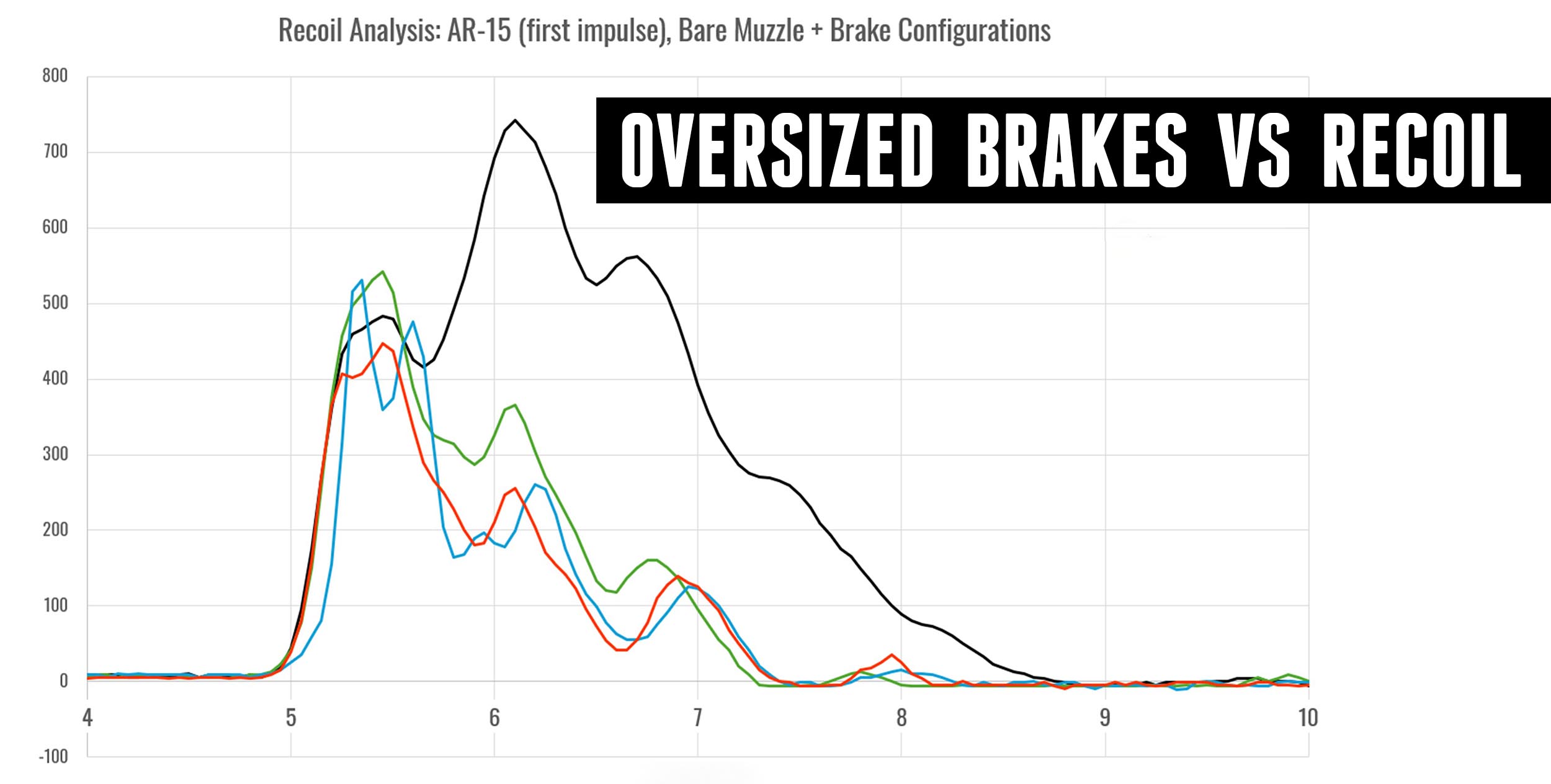It’s no secret it’s possible to run an oversized caliber brake on your firearm. The question remains: should you? In this video, we will explore what happens!
Disclaimer
Ultimate Reloader LLC / Making with Metal Disclaimer: (by reading this article and/or watching video content you accept these terms). The content on this website (including videos, articles, ammunition reloading data, technical articles, gunsmithing and other information) is for demonstration purposes only. Do not attempt any of the processes or procedures shown or described on this website. All gunsmithing procedures should be carried out by a qualified and licensed gunsmith at their own risk. Do not attempt to repair or modify any firearms based on information on this website. Ultimate Reloader, LLC and Making With Metal can not be held liable for property or personal damage due to viewers/readers of this website performing activities, procedures, techniques, or practices described in whole or part on this website. By accepting these terms, you agree that you alone are solely responsible for your own safety and property as it pertains to activities, procedures, techniques, or practices described in whole or part on this website.
What is Brake Clearance?
Brake/bullet clearance is the bullet diameter subtracted from the bore diameter. (The bore diameter is the smallest diameter portion of the interior of the brake through which the bullet passes.)
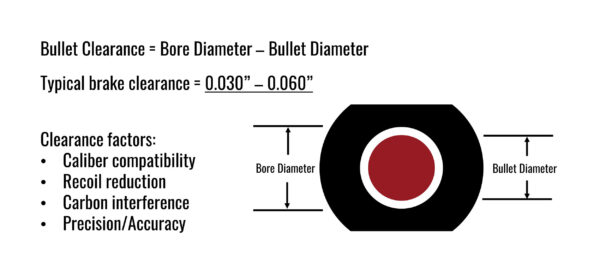
Typical brake clearance is 0.030” – 0.060” (assuming no carbon buildup). Bullet clearance affects caliber compatibility, recoil reduction, carbon interference and precision/accuracy.
About the Test
We’ve previously explored bullet clearance and recoil with an SRS Chub brake, boring it out and recording results from the recoil rig for each diameter. This time, we’re comparing recoil for .223, 6.5mm and .308 brakes on two different .22 caliber rifles.
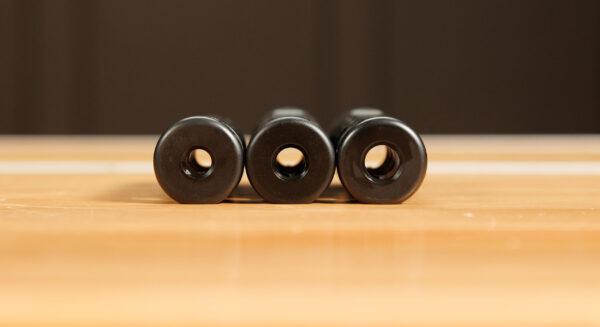
For this test we have Apollo Max brakes (.223, .264, .308) from Ultradyne and two rifles: a .22-250 bolt action and a .223/5.56 AR-15. We’re testing each of these brakes on both rifles using the Ultimate Reloader recoil rig, a set-up derived from a design Cal Zant at the Precision Rifle Blog published.
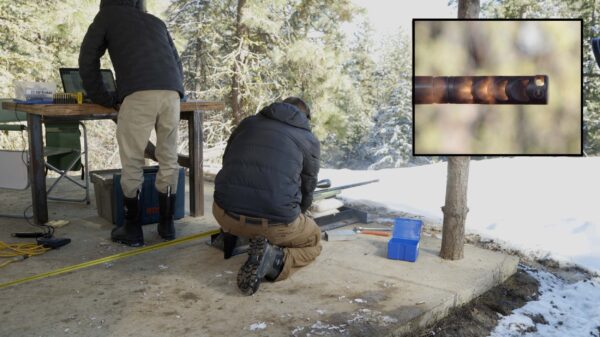
We made it our own and wrote our own custom software which allows us to measure and capture true force readings at 20,000 samples/second.
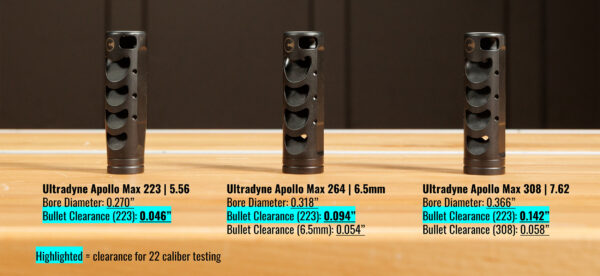
I measured each brake with pin gauges to determine bore diameters.
Ultradyne Apollo Max 223 | 556:
- Bore Diameter: 0.270”
- Bullet Clearance (.223): 0.046”
Ultradyne Apollo Max 264 | 6.5mm:
- Bore Diameter: 0.318”
- Bullet Clearance (.223): 0.094”
- Bullet Clearance (6.5 mm): 0.054”
Ultradyne Apollo Max 308 | 7.62:
- Bore Diameter: 0.366”
- Bullet Clearance (.223): 0.142”
- Bullet Clearance (.308): 0.058”
Bolt-Action Results
The .22-250 bolt-action test rifle is a Winchester Model 70 I’ve rebarreled and put into a Boyds Pro Varmint stock.
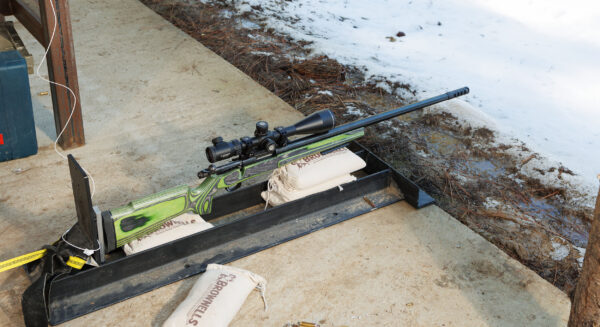
I’m shooting it with Hornady 52 grain HPBT over 38.0 grains of H380. I started with bare muzzle, then the .223 brake, 6.5mm brake and .308 brake, then graphed the data. The results clearly showed what I suspected from our last brake experiment.
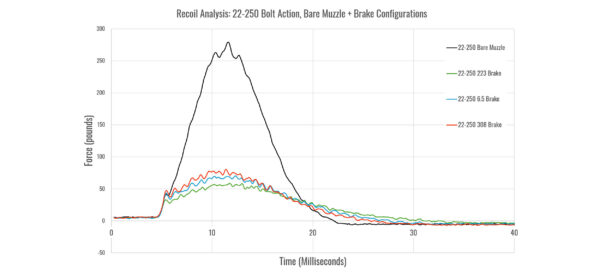
We observed the lowest recoil with the most optimized clearance (.223). From there, recoil increased incrementally with bullet clearance. Though this change is captured by the recoil rig, it’s unlikely you’ll be able to feel such minute changes behind the gun.
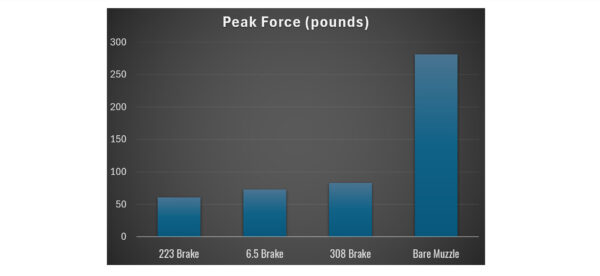
There is a major difference in peak force between all three brakes and bare muzzle, with small differences among the brakes.
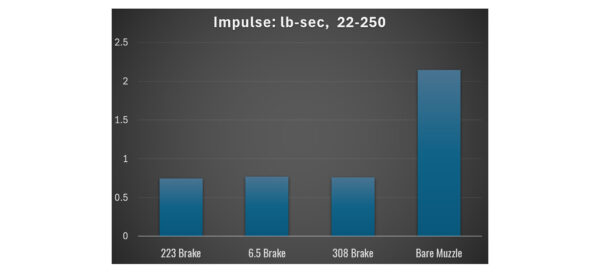
The bar graph for impulse (summation of recoil) shows nearly indistinguishable results between the .223 brake, 6.5 brake, and .308 brake .
AR-15 Results
My test AR-15 has an Aero Precision lower with a 16” 5.56 upper. I used Berger 73 grain HPBT factory ammunition for this test.
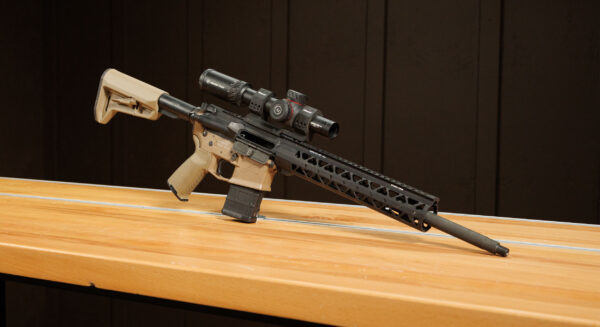
The AR-15 has a much different recoil cycle than a bolt-action.
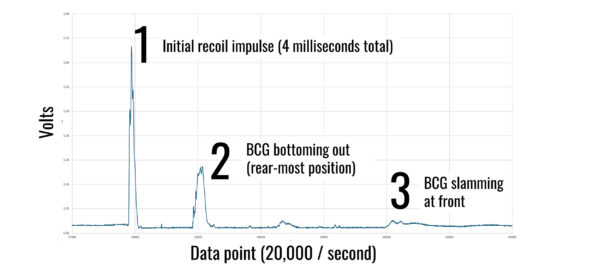
There is an initial recoil impulse, a second when the BCG bottoms out and a third when the BCG slams at the front.
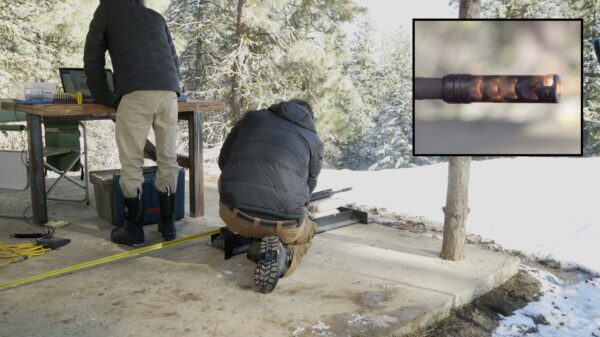
Once again, I started with the bare muzzle, then the .223 brake, 6.5mm brake and .308 brake. Below are graphs showing both the first and second recoil impulse as the third doesn’t have much value. Across the board, the duration of the second recoil impulse was much longer than the first.
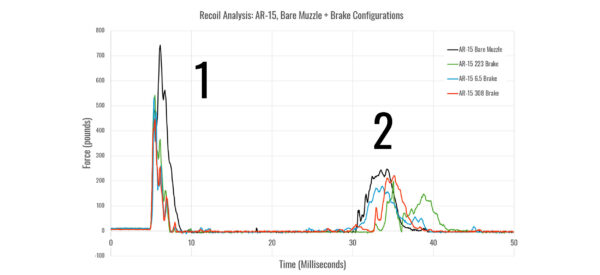
Taking a closer look at the first recoil impulse, the bare muzzle had the most recoil, but beyond that, the graph is not nearly as clear as with the bolt action. The .223 brake had more recoil at some points and less at others.
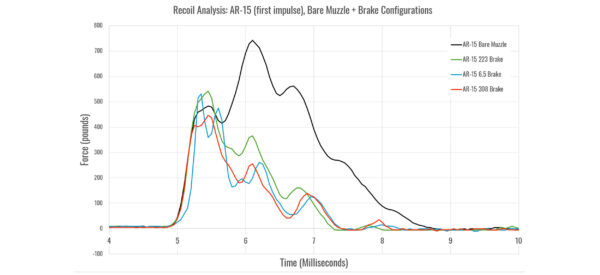
Zooming in on the second recoil impulse, the bare muzzle had the most recoil, then the .308 brake, 6.5mm brake, and .223 brake.
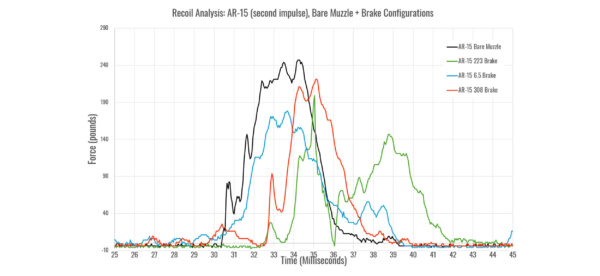
The results for the bottoming out of the BCG mirrored the results of the entire bolt action recoil cycle! It’s also interesting to note that the timing was different for each brake during the second recoil impulse.
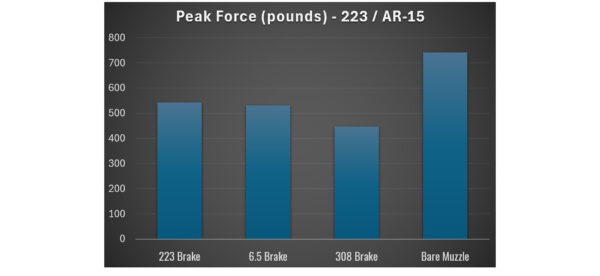
Looking just at peak forces for the first recoil event, the bare muzzle had the greatest peak forces, followed by the .223 brake, 6.5 brake, and .308 brake. The differences between the braked configurations and the bare muzzle are more exaggerated when looking at recoil impulse.
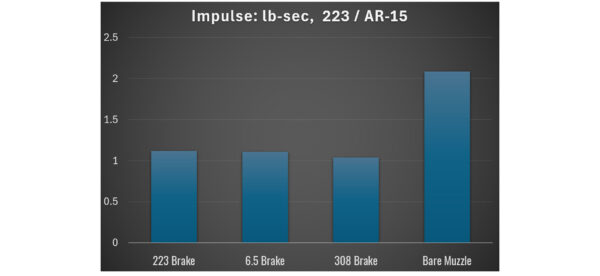
All in all, I doubt you’d feel a major difference between any of the three brakes with an AR.
Conclusion
To summarize, you can run an oversize brake without much or any recoil penalty. (Accuracy/precision will be a test for a future date.) This confirmed our previous findings, but also provided data with a gas gun in addition to a bolt gun.
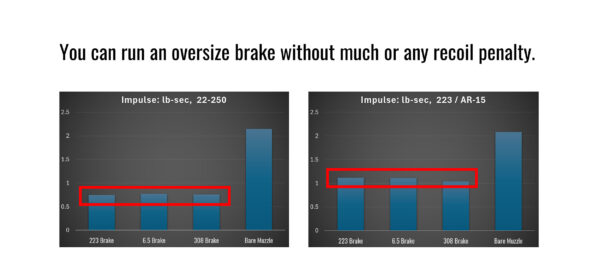
I was amazed at just how much more recoil was reduced with the .22-250 compared to the .223 AR-15. This is NOT an apples-to-apples comparison, but still very interesting. I haven’t seen this marked difference with other cartridges/calibers we’ve tested.
Get the Gear
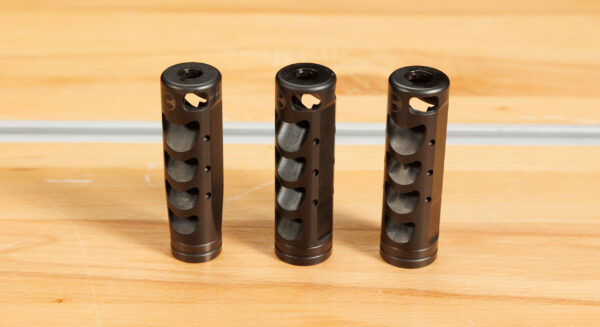
PCB components used for recoil rig:
- PCB Piezotronics Model 208C05 ICP force sensor
- PCB Piezotronics Model 480C02 Signal Conditioner
- Measurement Computing Model USB-1408FS Data Acquisition Module
Don’t miss out on Ultimate Reloader updates, make sure you’re subscribed!
Thanks,
Gavin Gear
